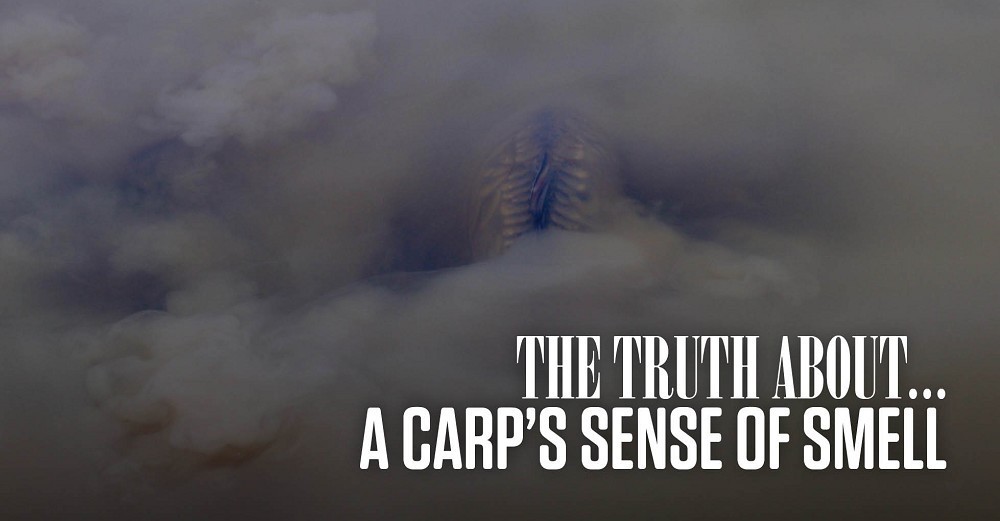
The truth about... a carp's sense of smell!
It's impressive...
Like all animals, fish need to be aware of what is going on around them if they are going to survive. They need a set of sensory tools which will allow them to communicate with one another, navigate around their environment and avoid predation. Additionally, they must be able to accurately locate quality food within their environment that once consumed will allow them to grow and florish. Because fish live in a murky world, where visibility is frequently poor, as a group they have evolved to be highly effective at picking up chemical messages diffusing through the water. These chemical messages could be coming from a mate, a predator or even a meal. Although the carp has a pair of relatively large eyes, their habit of feeding in the sediments on the bottom searching for small buried food items has required them to have highly developed senses of smell and taste. In this month’s article I want to turn my attention to the carp’s senses and in particular look at how the carp’s sense of smell works.
The carp has a pair of nostrils that are situated on the upper side of the head, in front of the eyes. Most carp anglers will have spotted the two small flaps of skin standing upright approximately three to five-millimetres out from the snout of the fish. They are easy to see, although unless you look closely at them they do appear rather insignificant.
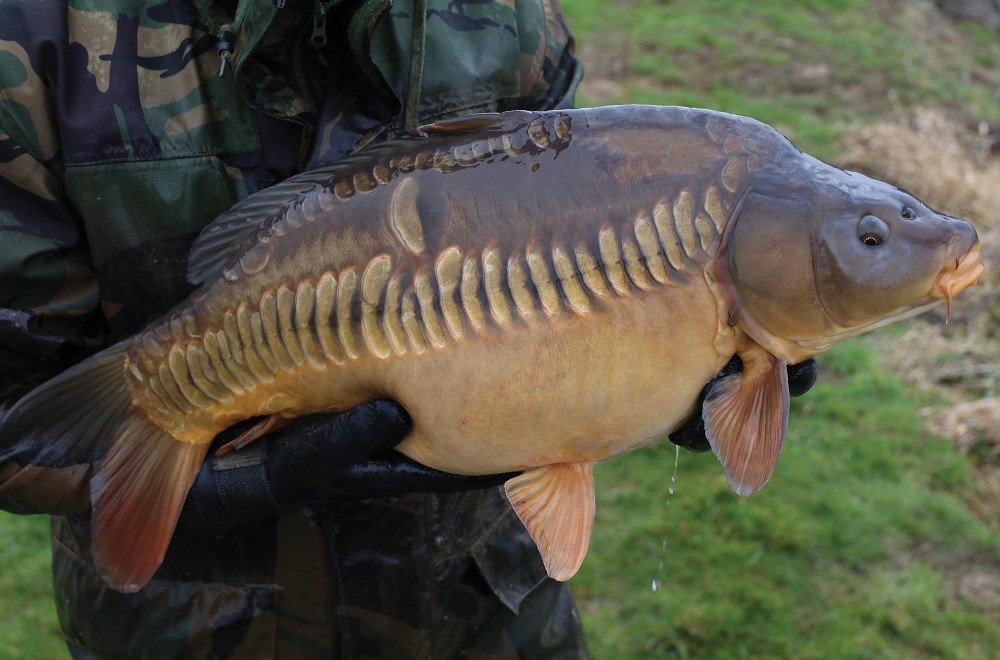 The carp is beautifully adapted to live in the aquatic world, with well developed eyesight and a great sense of smell and taste
The carp is beautifully adapted to live in the aquatic world, with well developed eyesight and a great sense of smell and taste A closer inspection of one of these flaps of skin will reveal that it actually marks the point where two small holes enter the head of the fish. The flap of skin actually sits between the two holes and beneath it, within the nasal cavity, is the olfactory rosette. This is an area of tightly folded skin that is clearly visible if you look down into the nasal cavity. The olfactory rosette gives the carp its ability to smell the water. The nasal cavity takes the form of a shallow bowl, through which water is forced either during swimming by small pressure differences between the two entrance holes or by the beating of tiny hairs or cilia within the cavity.
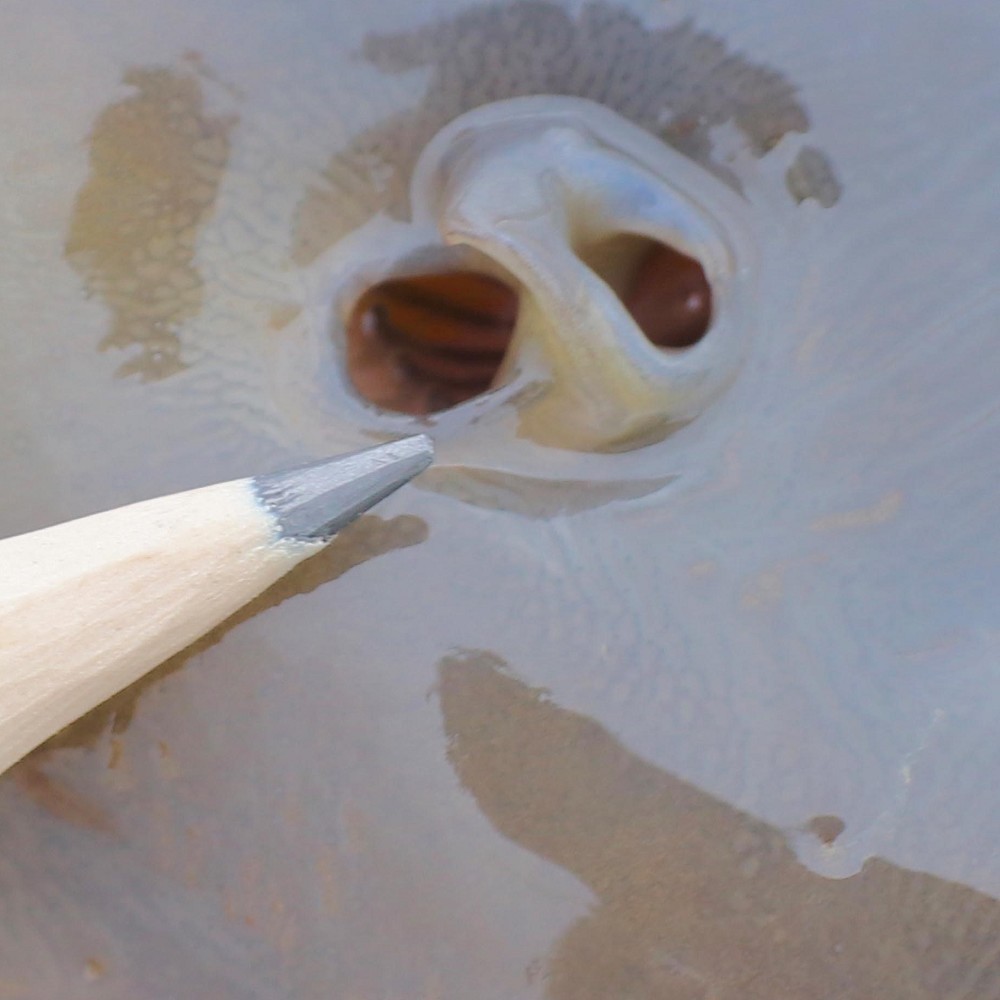 The position of the nostrils on either side of the head enables the fish to locate the position and source of smells or scents within the water body
The position of the nostrils on either side of the head enables the fish to locate the position and source of smells or scents within the water bodyWater is a solvent and therefore a carrier of chemicals...
Carp are very well adapted to intercept chemical stimuli within the water body as it passes through their nasal cavity and comes into contact with the olfactory rosette. As I have already mentioned, the surface of the olfactory rosette is tightly folded. This gives the olfactory rosette a huge surface area, improving contact with the water flowing over its surface. The layers of skin are covered in cells that are highly sensitive to chemicals within the water. This high level of sensitivity to the chemical composition of the water not only gives the carp its ability to smell potential food sources, but it also forms a vital means of detecting other complex chemical messages. It will pick up chemical cues released by potential mates during the spawning period and any fear chemicals that may be released by other fish.
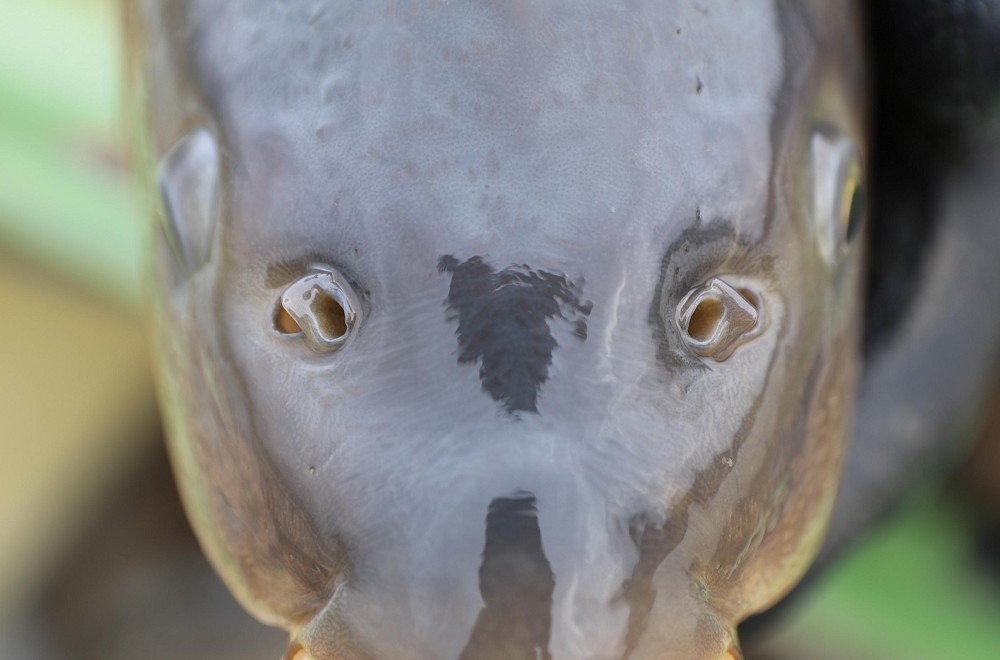 If you look very closely into the holes of the nostril you can clearly see the tightly folded skin that makes up the olfactory rosette
If you look very closely into the holes of the nostril you can clearly see the tightly folded skin that makes up the olfactory rosetteOne group of chemicals that fish are particularly effective at detecting within the water are amino acids. Amino acids are often feeding triggers for fish and the carp is able to pick up amazingly low concentrations of some key amino acids within the water column. Research has demonstrated that carp are able to detect some amino acids at levels as low as one part per trillion. If we put that into English that works out at about one teaspoon of a chemical diluted in a lake with a volume of approximately two-thousand public swimming pools!
Once a carp has detected a chemical stimuli that it is attracted to, it will search for the source using the information gained from the olfactory rosettes on either side of its head. This will enable the fish to detect the direction of the food source. The amino acids that smell attractive to the carp are released by naturally occurring food items around the aquatic world. Snails, bloodworm and the huge range of other tiny invertebrates that the carp may feed upon will all release free amino acids and smells into the water column as they go about their lives. These amino acids and smells will then act like huge flashing signs to the carp drawing them in towards the grub! One bloodworm sitting in isolation in the silt will only give off a tiny food signal which a passing fish might miss but an area of silt that is full of these valuable food items will give off a much stronger smell and will be far more likely to interest a passing fish.
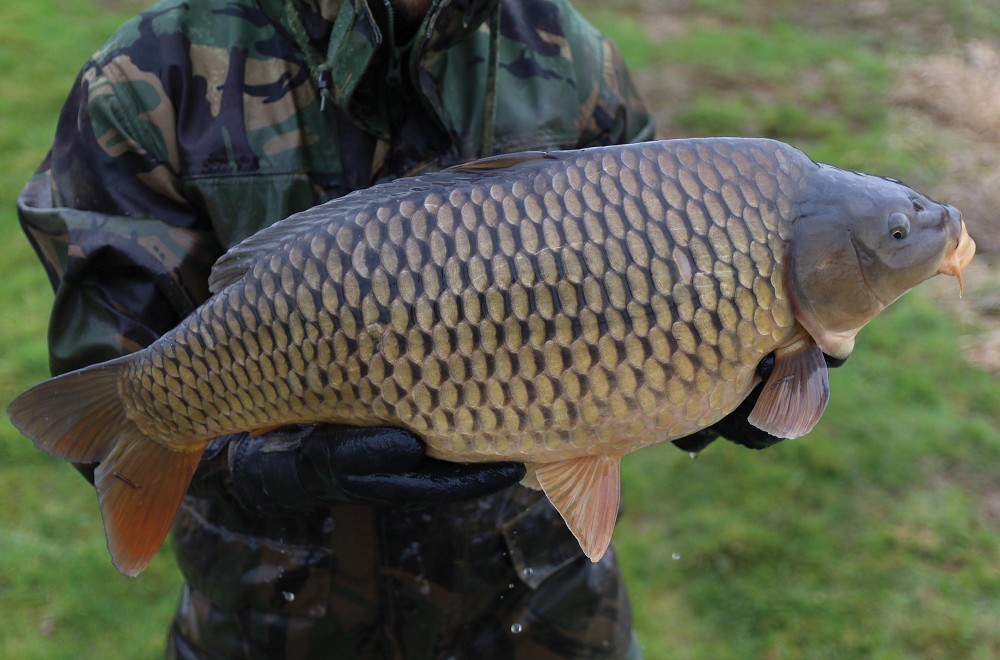 A big carp like this stunning five summer fish is perfectly designed to hunt down the tiny invertebrates that live in the silt
A big carp like this stunning five summer fish is perfectly designed to hunt down the tiny invertebrates that live in the silt If we put that into human terms, it is like walking down a high street when you are feeling a little peckish. One solitary warm Cornish pasty sitting on a shelf inside a shop is unlikely to draw your attention. Although the pasty will have a smell, the signal is very faint and unless we walk right into the shop we may never notice the pasty at all. However, if another shop has shelves covered in warm Cornish pasties all giving off that familiar smell, then the food signal is far stronger and we are far more likely to investigate!
Many of the baits that we use for catching carp give off smells that the fish is able to detect from a considerable distance. Carp will quickly learn that certain smells within the lake are those given off by valuable food sources. This is the key to establishing a bait through pre-baiting. The fish will learn to link the smell of a bait with food and then actively search for more of the same smell when it is in the mood to feed. With this in mind it is easy to become carried away when adding smells or scents to a bait. It is important to remember that the carp has a very highly developed sense of smell. Even a single tiger nut will release sufficient smell to catch the attention of a passing fish. During my own fishing in the edge, this is something that I have witnessed on several occasions and it certainly illustrates beautifully just how tuned into their world they are.
I hope that this brief insight has been interesting and perhaps given you a little food for thought.





